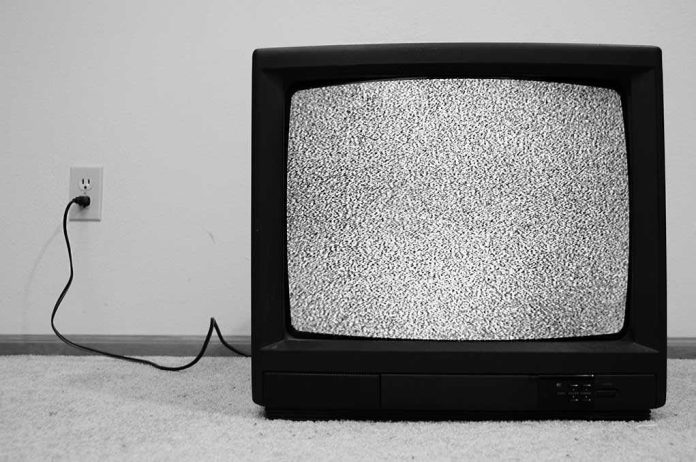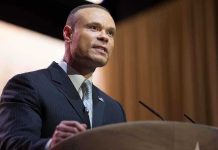
South Park’s latest episode delivers a satirical punch that leaves no powerful figure unscathed, shining a light on Trump’s fictional second presidency with a blend of humor and technological wizardry.
Story Overview
- South Park’s return after a two-year hiatus targets Trump’s second presidency with biting satire.
- The episode uses deepfake technology to depict Trump, blending animated and live-action scenes.
- Satirical focus on Trump’s anatomy symbolizes his insecurities and corporate sycophancy.
- Creators critique media power and corporate complicity in censoring criticism.
South Park’s Satirical Comeback
The return of South Park with its episode “Sermon on the ‘Mount” marks a new chapter in political satire. Airing on July 23, 2025, the episode uses its signature irreverent humor to critique Donald Trump’s fictional second presidency. It highlights his administration’s legal aggression and obsession with Christianity, with recurring jokes about his “micropenis” serving as a metaphor for his personal insecurities. South Park, known for its bold satire, tackles the sycophancy surrounding Trump, sparing no one in its comedic critique.
South Park Can't Quit Trump Micropenis Gags and Throws In a Conspiring Vance, Antichrist-Obsessed Peter Thiel https://t.co/kjUa6hq3Ih
— Mediaite (@Mediaite) October 17, 2025
The creators, Trey Parker and Matt Stone, have a history of pushing boundaries, and this episode is no exception. They blend animation with live-action, using deepfake technology to portray Trump, intensifying the satire. The episode doesn’t shy away from controversy, depicting Trump in a sexual relationship with Satan. This bold narrative decision underscores the lengths to which South Park goes to lampoon the power dynamics that define Trump’s tenure.
Corporate Complicity and Media Power
South Park’s satire extends beyond Trump to critique the culture of corporate appeasement. Paramount/Skydance, the parent company of Comedy Central, is portrayed as complicit in Trump’s power plays. This depiction is rooted in reality, referencing Paramount’s legal settlement with Trump, which reportedly amounted to $16 million. The episode doesn’t just poke fun at these dynamics but uses them to explore the chilling effect of Trump’s litigiousness on media freedom.
The episode cleverly incorporates self-referential elements to highlight South Park’s own battles with network censors. By doing so, Parker and Stone provide a meta-commentary on the broader climate of fear surrounding criticism of powerful figures. This approach not only entertains but also provokes thought on the complex relationship between political power and media.
Technological Innovation in Satire
One of the distinguishing features of this episode is its use of deepfake technology, bringing a new level of realism to its satirical portrayal of Trump. Parker and Stone’s company, Deep Voodoo, played a pivotal role in producing the live-action segments. This technological innovation adds a layer of depth to the satire, allowing the creators to push the boundaries of traditional animation. The decision to use deepfake technology is both a creative and strategic choice, reflecting the evolving landscape of political satire.
The production process itself became a story, illustrating the pressures creators face when challenging powerful figures. The episode’s reception has sparked widespread discussion, with media coverage focusing on its fearless satire and technical innovation. This response underscores the ongoing debate about the limits of satire and free speech in an era marked by legal intimidation and technological disruption.
Implications and Industry Impact
The implications of “Sermon on the ‘Mount” are far-reaching, both in the short and long term. In the immediate aftermath, South Park has regained attention as a platform for political satire, with renewed scrutiny on media companies’ relationships with political power. The episode also raises questions about the future of political comedy, as creators navigate the risks and responsibilities of satire in a polarized environment.
The use of deepfake technology in mainstream satire sets a precedent, prompting discussions about its ethical implications and potential impact on public discourse. As media companies balance creative freedom with legal and political risks, the episode highlights the power imbalance between media and political elites. The broader public is left to consider the role of satire in democracy and the dangers of self-censorship in an increasingly complex media landscape.












